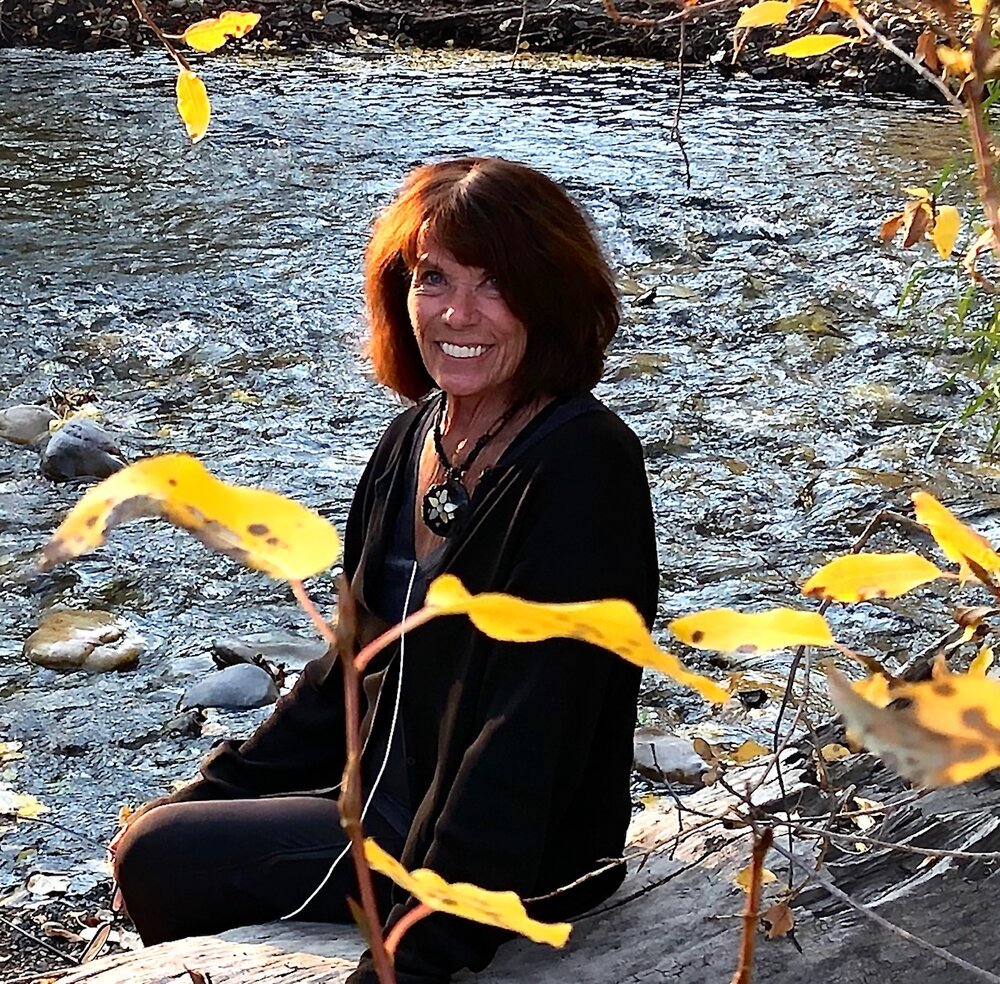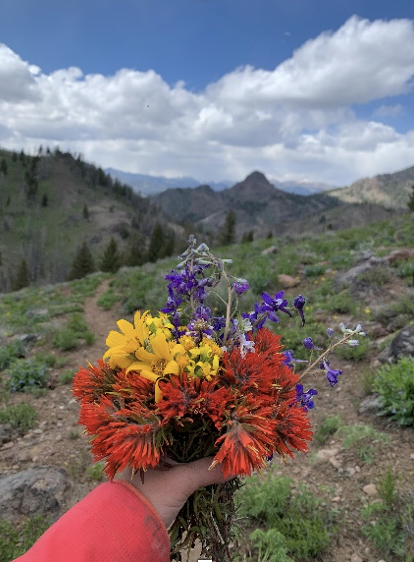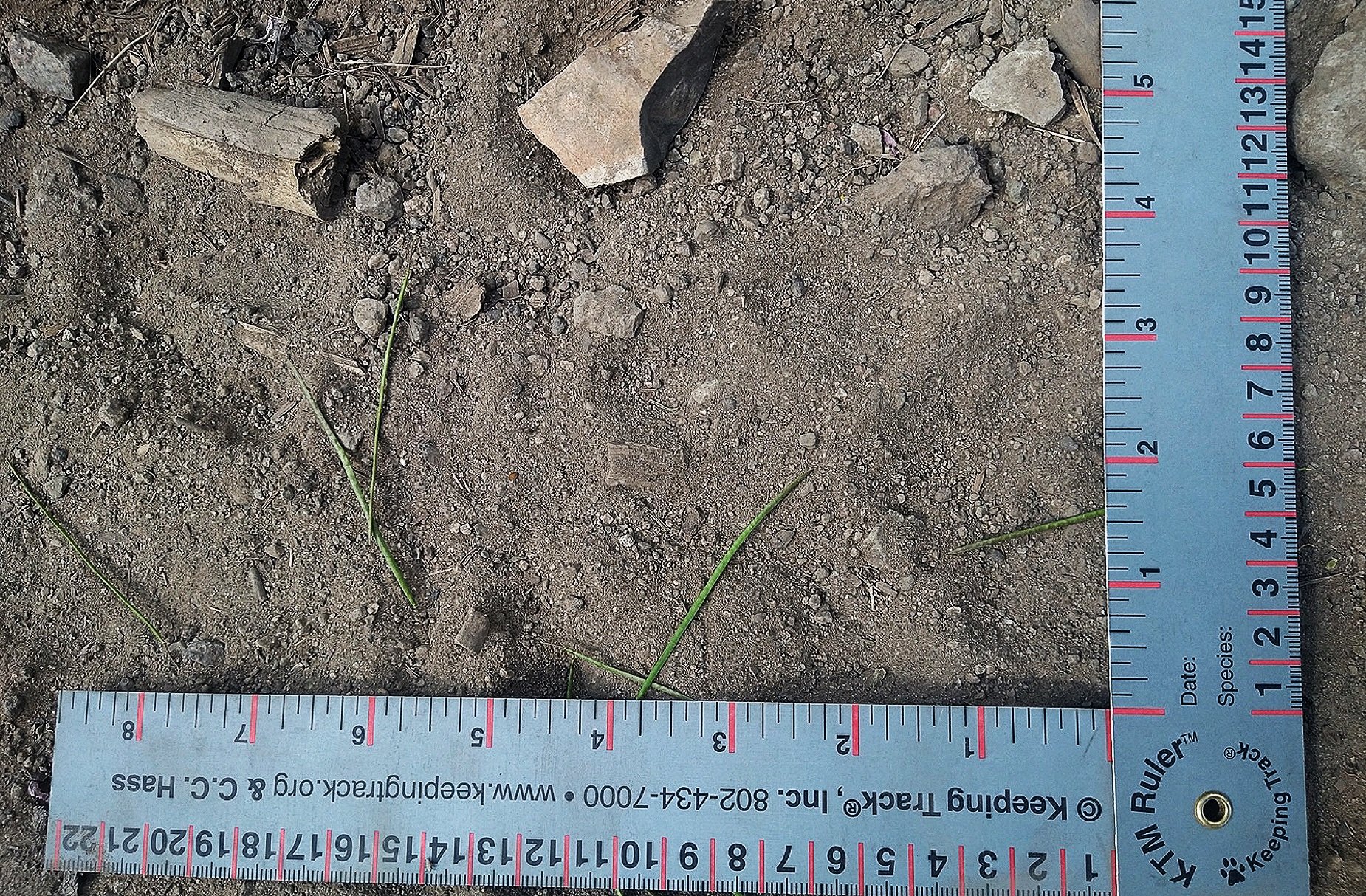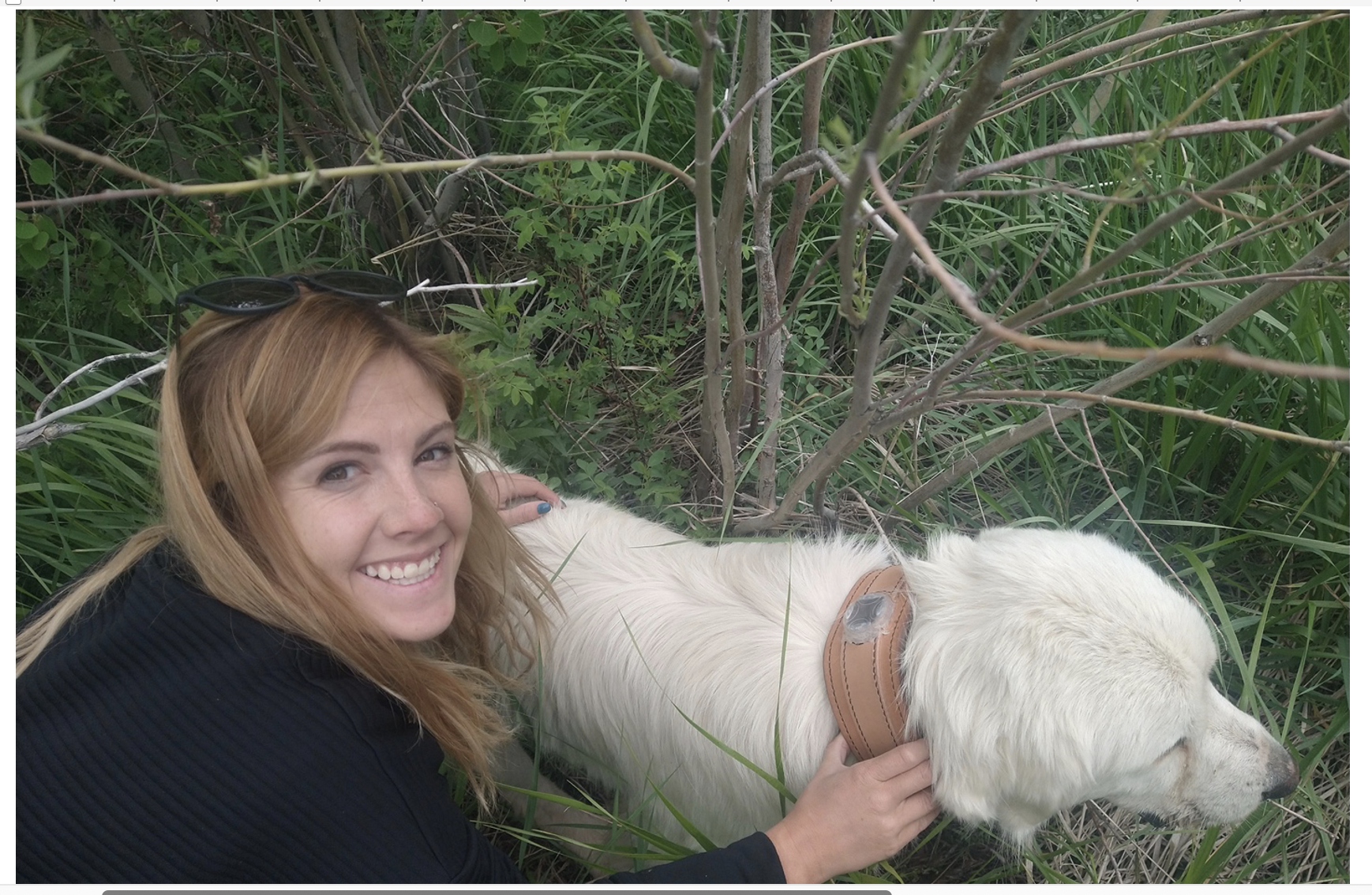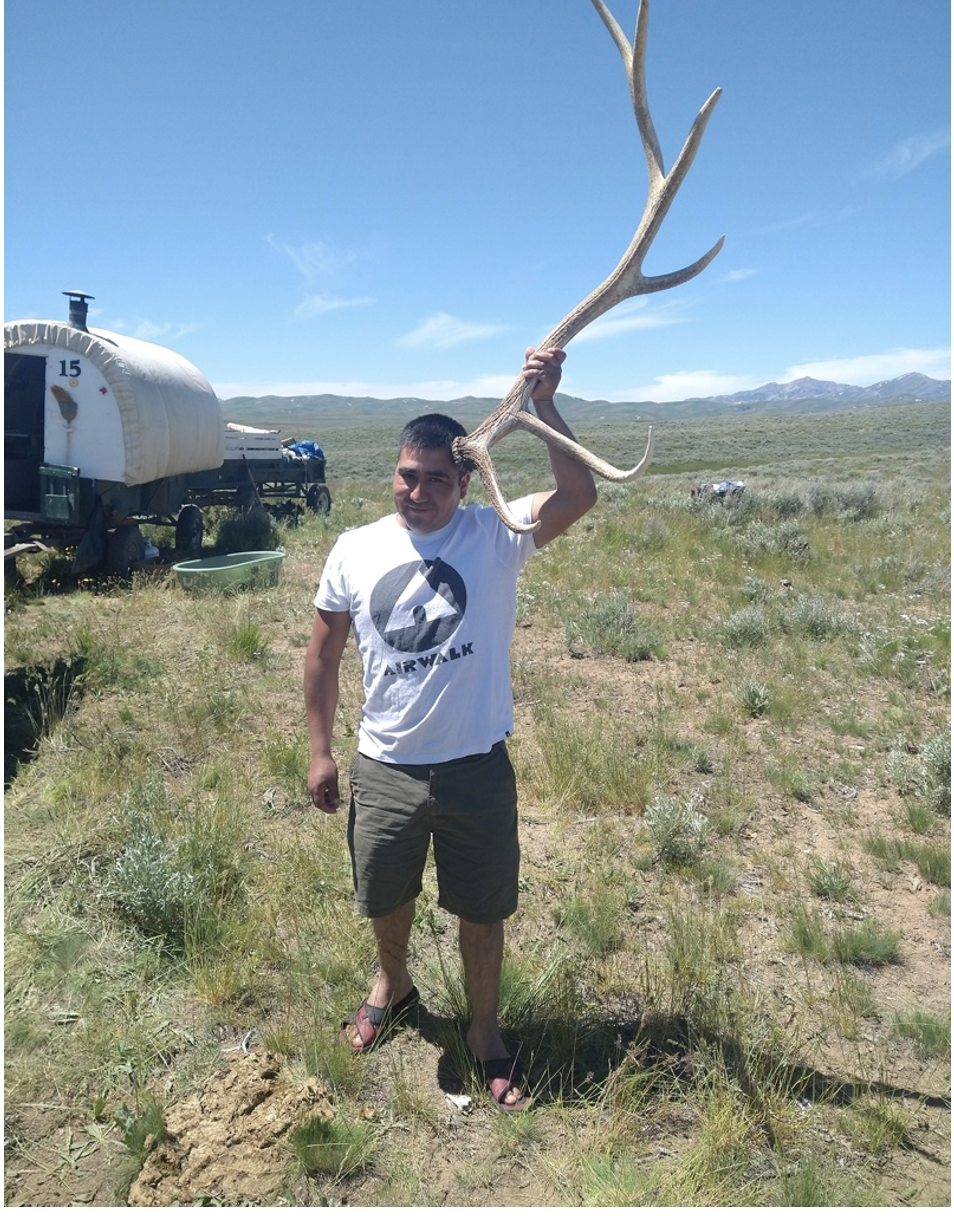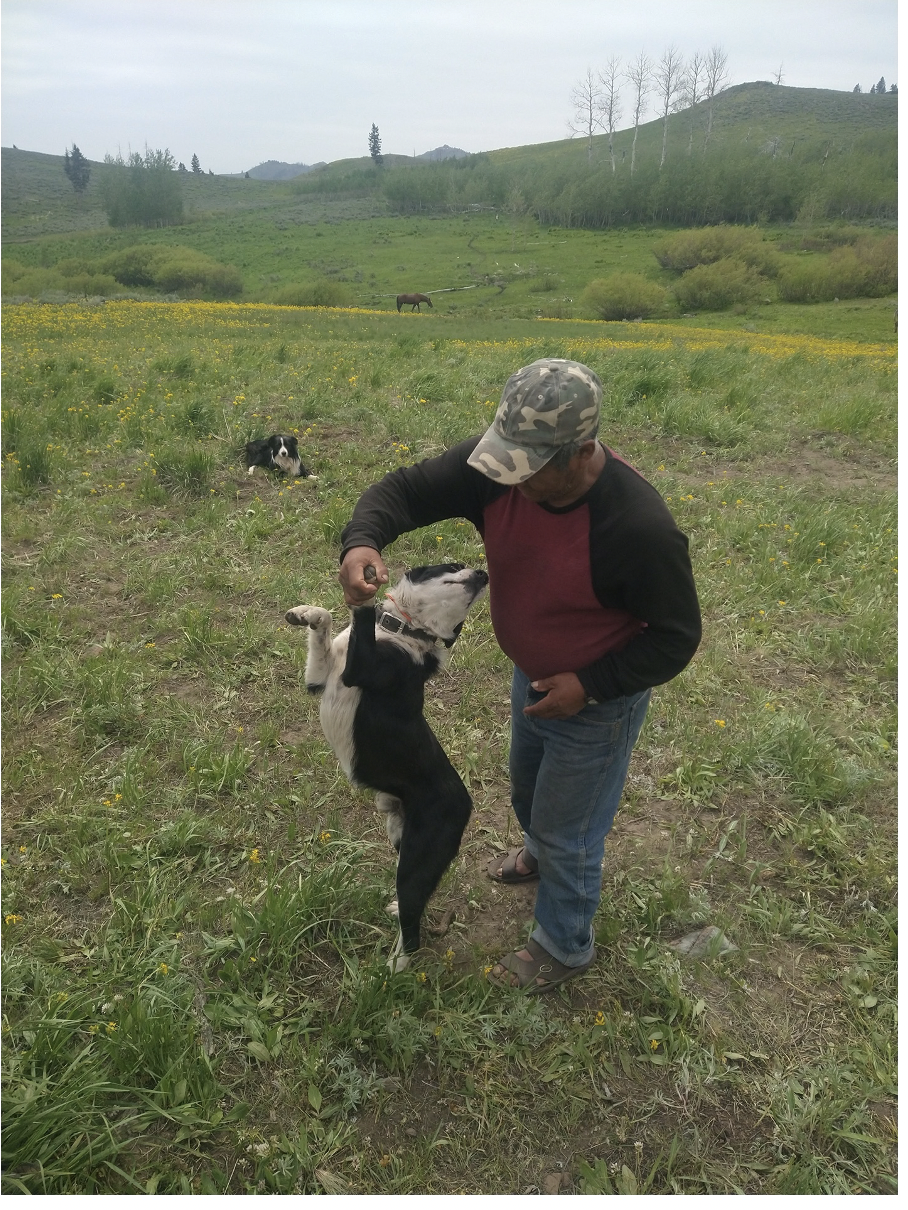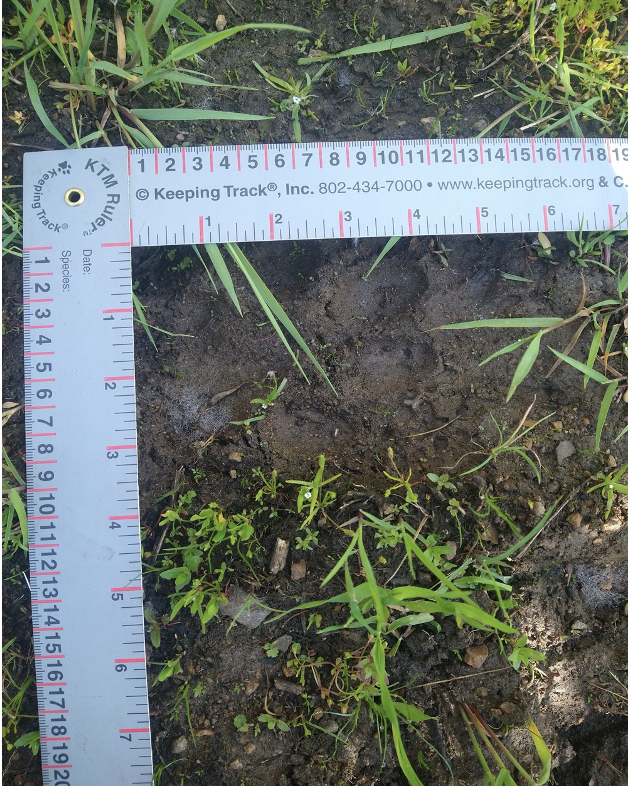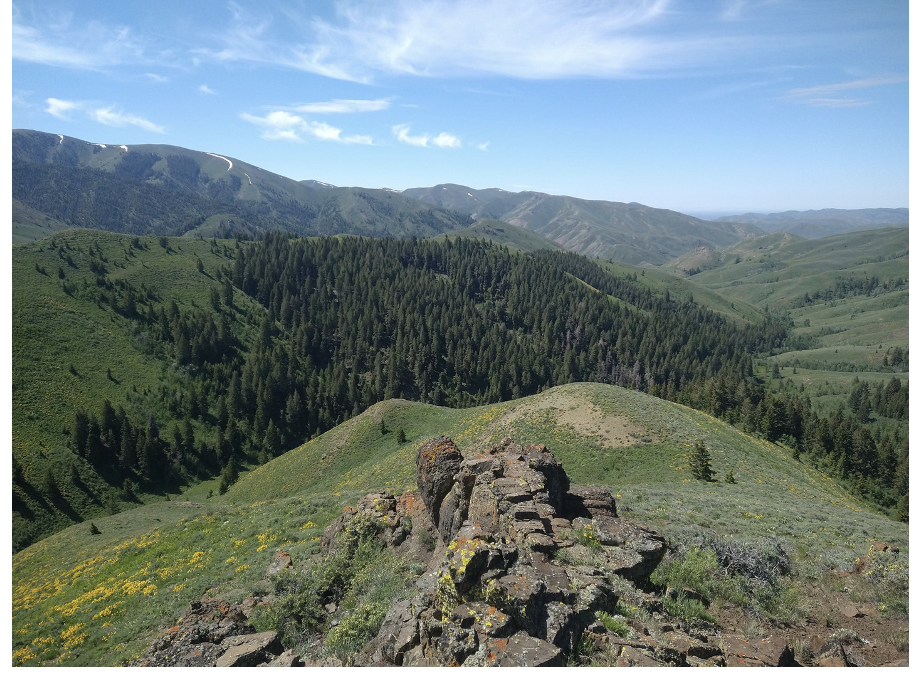The following is an interview with Suzanne Asha Stone, the International Wildlife Coexistence Network Executive Director, and the Idaho Mountain Express Newspaper about the Wood River Wolf Project that was published on February 26, 2025.
Suzanne, what is your organization’s primary mission?
The International Wildlife Coexistence Network provides expert interdisciplinary assistance, training, collaboration, and shared research to enable communities around the globe to coexist with wildlife. Our primary field project is the Wood River Wolf Project in Blaine County. This project involves community members, livestock producers, wildlife NGOs, and county, state, and federal agencies collaboratively using proactive, nonlethal methods to minimize losses of sheep and wolves.
How long has your organization been established, and what has contributed to your success?
The Wood River Wolf Project was established in 2008 by three people from different backgrounds who came together as co-founders: Lava Lake Land and Livestock manager Mike Stevens, Rick Williamson, USDA Wildlife Services, Idaho, and me, the wolf conservationist. We tested practical approaches to protect sheep, wolves, bears, coyotes, and mountain lions, such as increasing livestock guardian dogs, lights, sound alarms, human presence, and grazing routes that help avoid conflicts. We average 20,000 sheep in our project area, with fewer than five sheep losses to wolves annually. We’ve lost two wolves to livestock conflicts in the last 17 years. This is the best record of coexistence in Idaho.
What inspired you to pursue it?
When we started the Wood River Wolf Project, the consensus, even among wolf scientists, was that large-scale coexistence efforts couldn’t be accomplished. We expected we might fail, but no one else had attempted this approach across a large landscape. Everyone was surprised by our success. Today, our model is being duplicated around the world.
What keeps you going and gets you to work every day?
Wildlife biodiversity is plummeting globally. We are losing ecosystems that sustain life for everything and everyone. We must establish a healthier relationship with Nature for our own survival and that of all species that make these ecosystems thrive. Wolves are a keystone species that help maintain a healthy elk, deer, and predator balance, which in turn protects native plants, wetlands, and forests. By protecting the wolf, we help restore this essential balance. Every day, I am driven by what I can do to save these animals and protect their future.
What do you wish more people knew about the Wood River Wolf Project?
We have operated for 17 years, mainly under the public radar, to help keep wolves safe, but new threats to these wolves may eliminate them entirely. This fall, we lost the Smokey Mountain pack’s alpha male and pup to bounty hunters seeking to expand wolf trapping and snaring locally. We need support to prevent this and sincerely appreciate the Blaine County leadership. The community must remain diligent to avoid losing wolf families peacefully coexisting with livestock operations in our valley.
Why did you establish your first wolf and livestock coexistence model in the Wood River Valley?
My family has deep roots here, and this community values wolf conservation and its sheep heritage. Community leaders were willing to try untested methods to protect both - and we succeeded! Local donors helped us launch and continue this nonprofit work that provides this service freely to sheep producers. Today, we are assisting other communities to develop similar models of coexistence with wolves and other native wildlife.
What has been your biggest challenge, and how did you overcome it?
Our biggest challenge is keeping our community’s wolves from being destroyed by trapping and snaring. Idaho allows wolves to be killed on sight year-round, paying bounties for dead wolves and their pups. Our project area is the last place in Idaho that prohibits wolf trapping and snaring. If we lose this protection at the March 25-26, 2025, Idaho Department of Fish and Game Commission hearing in Boise, we will lose our stable wolf packs. This will unravel this successful balance we have worked hard to achieve and maintain. These unmarked traps and snares also pose a serious risk to our dogs and small children recreating on our public lands, trails, and campgrounds. These wolf families live peacefully on our national public lands, which belong to all Americans. It will be up to all of us to defend both.





